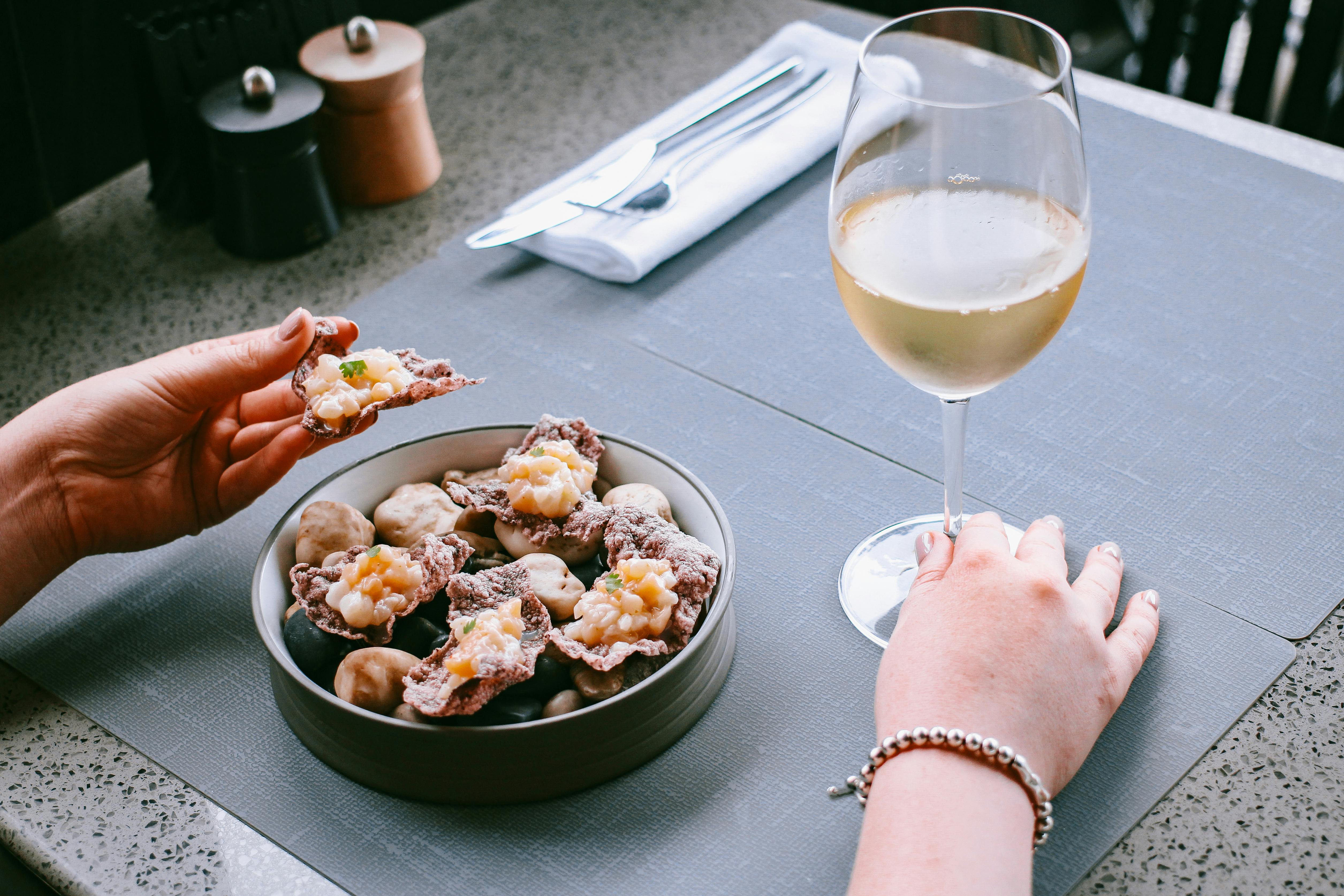
Effective 2-Week Low Iodine Diet Meal Plan to Improve Thyroid Health in 2025: Discover Essential Tips!
Managing thyroid health through dietary adjustments can be a transformative process, especially for those needing to adhere to a low iodine diet. A low iodine diet is critical for various medical conditions, particularly before thyroid treatments or surgeries. This article provides a comprehensive two-week meal plan that focuses on iodine-free recipes while ensuring nutritional balance and meal variety. Additionally, we will explore essential tips for meal preparation, making the transition easier and more enjoyable.
Many individuals find the idea of dietary restrictions daunting. However, incorporating whole foods and plant-based options can enhance meal satisfaction. The key focuses include allowing suitable fruits, gluten-free foods, and seafood alternatives. By the end of this article, you will have a greater understanding of how to create diverse, satisfying meals that align with your iodine restriction, alongside practical tips for cooking and shopping.
Let's dive into the meal plan, guidelines, and resources that will support your journey toward improved thyroid health!

Essential Dietary Guidelines for a Low Iodine Diet
Understanding Iodine Content in Foods
Before embarking on a low iodine diet, it’s crucial to understand which foods contain high levels of iodine and which do not. Foods like seafood, dairy products, iodized salt, and some processed foods are high in iodine and should be avoided. Instead, focus on low iodine foods such as fresh vegetables, fruits, and clearly labeled grains.
Importance of Meal Prep and Planning
Meal planning is integral to maintaining consistency while following a low iodine diet. Preparing meals in advance helps you avoid last-minute food choices that might not align with your dietary restrictions. Allocating a specific day for meal prep can streamline your weekly cooking schedule, making it easier to manage your iodine intake.
Flavor Enhancers and Cooking Techniques
Cooking without iodized salt does not mean sacrificing flavor. Use fresh herbs, spices, and homemade sauces to enhance the taste of your meals. Techniques such as grilling, steaming, and sautéing can also preserve the natural flavors of your ingredients while keeping the meals interesting.
Reading Nutrition Labels
Becoming proficient in reading food labels is essential in managing your iodine intake. Look for terms like “iodized” or “contains sea salt,” as these indicate the presence of iodine. Foods marketed as low sodium might still contain iodized salt. Knowledge of safe food choices can greatly affect your success.
Maintaining Nutritional Balance
While reducing iodine, it’s essential to maintain a balanced diet rich in nutrients. Aim to include a variety of vegetables, fruits, healthy fats, and protein sources that are low in iodine. This diversity ensures that your body receives adequate vitamins and minerals, supporting overall health during your dietary restriction.
Two-Week Low Iodine Meal Plan
Week 1: Meal Ideas and Recipes
During the first week, introduce yourself to various low iodine meal ideas that are both filling and nourishing. Start your day with oatmeal topped with fruits like bananas or berries. For lunch, consider a hearty salad with allowed vegetables such as cucumbers and bell peppers, drizzled with homemade dressing.
Breakfast Options
Here are some low iodine breakfast ideas to kickstart your mornings:
- Fruit smoothies blended with almond milk and spinach
- Oatmeal topped with fresh fruits and cinnamon
- Homemade granola bars using oats and allowed nuts
Lunch and Light Meals
For lunch, it’s beneficial to keep the meals light yet satisfying. Some options include:
- Vegetable soup made with low iodine broth and various vegetables
- Quinoa salad with diced vegetables and olive oil dressing
- Brown rice with steamed broccoli and garlic
Dinner Ideas and Protein Sources
Dinner can feature delicious vegetarian meals. You might try:
- Stuffed bell peppers with quinoa and vegetables
- Grilled chicken with a side of asparagus and sweet potato
- Eggplant dishes prepared with spices and fresh ingredients
Snacks to Keep You Going
Instead of reaching for iodine-rich snacks, choose these alternatives:
- Raw vegetables with hummus made from tahini
- Fresh fruits like apples and pears
- Homemade popcorn seasoned with herbs

Week 2: Advanced Meal Preparation
In the second week, build upon your foundation by incorporating more complex flavors and textures. Experiment with different gluten-free grains and explore international dishes that comply with your dietary needs. This week allows you to fine-tune your cooking methods while broadening your culinary creativity.
Implementing Helpful Cooking Tips
Homemade Snacks and Treats
Making homemade snacks is a fun way to ensure your food meets iodine restrictions. Try creating your own energy balls using oats, peanut butter, and allowed fruits. You can also whip up some low iodine protein bars for when you need a quick energy boost.
Portion Control and Meal Timing
Proper portion sizes will help you manage your cravings and maintain a balanced diet. Aim for smaller, frequent meals throughout the day to support your metabolism while avoiding hunger pangs. Consider scheduling your meals around your day to ensure consistency.
Hydration Tips and Healthy Fats
Staying hydrated is key during any dietary change. Include healthy fats such as avocado or olive oil in your meals to enhance satisfaction and nutrient absorption. This balance will keep your energy levels stable and your body functioning well.
Exploring Cooking Methods and Meal Presentation
Utilizing various cooking methods can transform your meals. Consider baking, roasting, or steaming vegetables to bring out their flavors. Meal presentation can also elevate the dining experience—arranging flavors and colors attractively on the plate makes meals more appealing.
Common Questions About Low Iodine Diets
What Are the Health Benefits of a Low Iodine Diet?
A low iodine diet can aid in managing thyroid conditions by reducing the level of iodine in your body, allowing for more effective treatments. This adaptive diet encourages the consumption of fresh foods, potentially resulting in improved overall health and wellbeing.
How Can I Modify My Favorite Recipes?
To modify your favorite recipes, replace any high iodine ingredients with suitable alternatives. For example, use gluten-free grains in place of traditional ones and opt for fresh herbs and spices instead of seasonings that contain iodine.
Are There Dining Out Options for Low Iodine Diets?
While dining out, choose restaurants that offer customizable options. Always ask for ingredients used in sauces and dressings, and opt for grilled or steamed dishes without added salt. This proactive approach helps maintain your dietary restrictions while enjoying social occasions.
What Other Resources Can Help with Meal Planning?
Utilize online resources for recipe sharing, cooking classes, and forums discussing dietary restrictions. There are many cookbooks specifically dedicated to low iodine diets that can provide inspiration and meal ideas.
Conclusion: Embracing a Low Iodine Lifestyle
Following a low iodine diet may present challenges, but it also offers an opportunity for culinary creativity and the development of healthier eating habits. With this two-week meal plan, the essential tips discussed, and the support of reputable resources, you can effectively manage your iodine intake while enjoying satisfying, nutritious meals that support your thyroid health.
Remember, meal planning is not just about restriction; it's about embracing new foods and discovering the myriad of flavors available within a low iodine framework. Enjoy your culinary exploration!